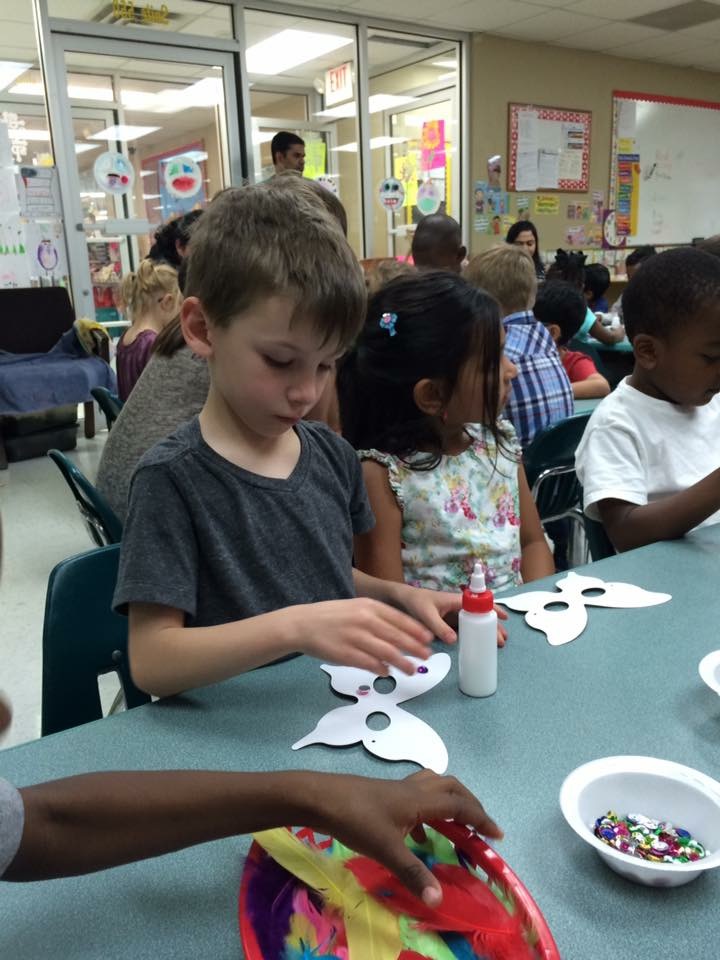Special education services are under scrutiny in schools. It is under reform. Some argue for a complete dismantling. This means there are no special ed teachers or students. Others believe Special education teachers must provide services to disabled and nondisabled students. However, the catch is they must service these students in a regular classroom. Both scenarios suggest special ed students stay in the regular classroom.
Special Education and Conservatives
Groups have concerns over fiscal policy and fiscal responsibility. They like the idea of full inclusion. Thus, it reduces special education costs. Districts also see too many students tested for special education. Some feel that full inclusion will not give students with disabilities an appropriate education using aids and needed services.
IDEA
Individuals with Disabilities Education Act (IDEA) is a federal law that enables students with disabilities an education in the least restrictive environment.
Full Inclusion
Schools that have full inclusion of special education encourage social interaction between disabled and nondisabled students. Social interaction is essential for the student, so they learn, retain, and apply their learning. It creates a bond with teachers and peers. It builds friendships. Research shows a traditional classroom helps students with special needs improve academically. Inclusion requires a team of educators.
- Collaborative settings for inclusion take various forms. It includes team teaching and the use of services that benefit all students.
- Understand what motivates each and all students.
- Recognize the various learning styles and degrees of learning
- Create classroom expectations according to students’ behavior types.
- Teaching in a small group setting enables lessons to be tailored to varied needs for differentiated instruction.
In a full inclusion classroom, educators need to develop specific skills and work to institute methods to meet success with students. Also, students with special needs are less often absent when they are with peers in a regular education classroom. Regular education students grow a comfort level and are more tolerant of differences in other students. They learn how to have caring relationships.
All students learn there are commonalities in each other and they learn to help each other. This becomes a part of normal life and builds into their future endeavors.



